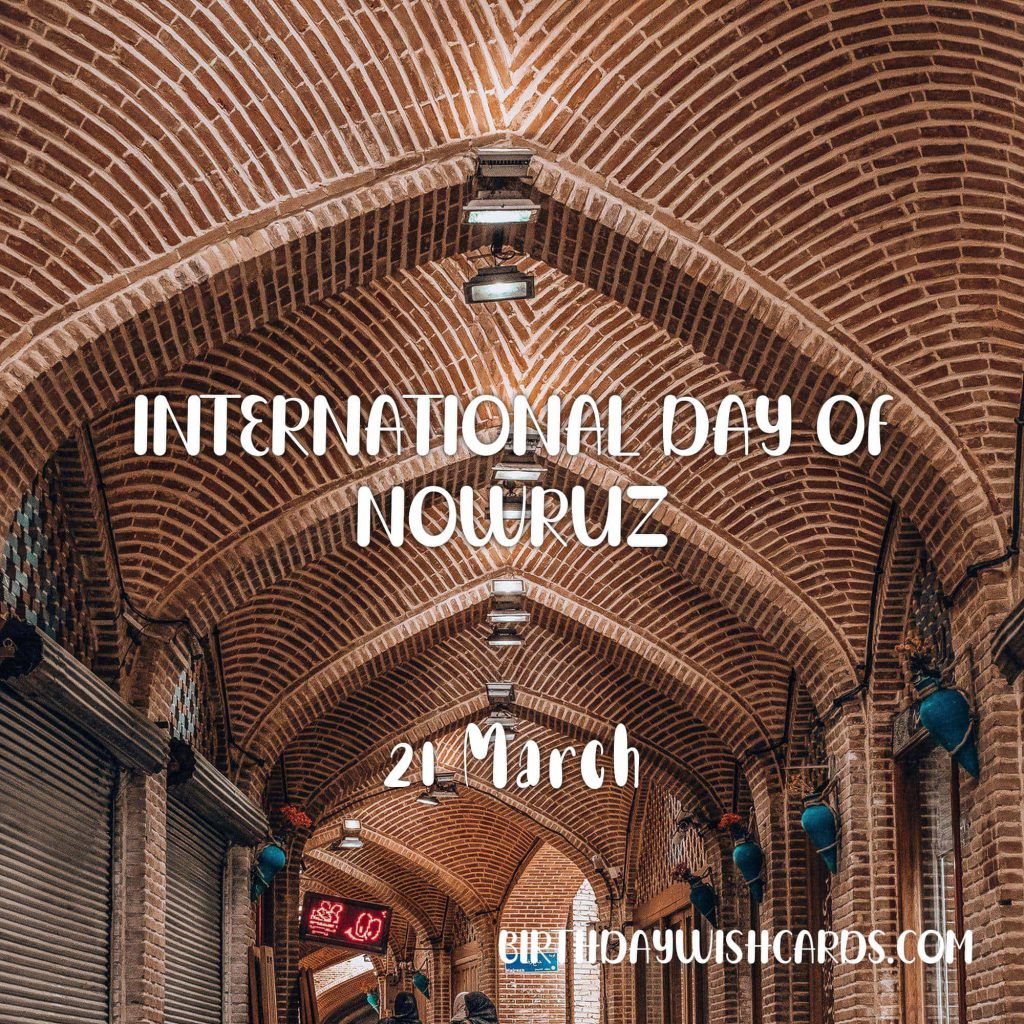
21 March: International Day of Nowruz
Background of the Day
The United Nations General Assembly officially established the International Day of Nowruz in 2010 through resolution A/RES/64/253. This initiative was spearheaded by a coalition of countries where Nowruz is celebrated, including Afghanistan, Azerbaijan, Albania, the Former Yugoslav Republic of Macedonia, Iran, India, Kazakhstan, Kyrgyzstan, Tajikistan, Turkey, and Turkmenistan. These member states collaboratively drafted resolution A/64/L.30, titled “International Day of Nowruz,” which was adopted during the 64th session of the General Assembly.
On 23 February 2010, at its 71st plenary meeting, the General Assembly welcomed the inclusion of Nowruz on UNESCO’s Representative List of the Intangible Cultural Heritage of Humanity. This recognition, granted by UNESCO on 30 September 2009, underscores the global cultural significance of Nowruz.
Purpose of Celebration
The word Nowruz—also spelled Novruz, Navruz, Nooruz, Nevruz, or Nauryz—means “new day.” While its spelling and pronunciation differ across regions, the spirit of the festival is universal. Nowruz marks the first day of spring, coinciding with the astronomical vernal equinox, typically on 21 March each year.
Observed by over 300 million people worldwide, Nowruz signifies the start of a new year in many cultures. Its origins stretch back more than 3,000 years and its traditions span the Balkans, the Black Sea Basin, the Caucasus, Central Asia, the Middle East, and beyond.
More than a celebration of seasonal change, Nowruz is an ancient festival that honors the renewal of nature and life itself. It embodies values such as peace, intergenerational solidarity, reconciliation, neighborliness, and cultural diversity. Through fostering friendship among peoples and communities, Nowruz makes a meaningful contribution to global harmony.
One of the festival’s enduring roles is to strengthen bonds among diverse peoples, grounded in mutual respect and ideals of peace and good neighborliness. The rituals and traditions of Nowruz reflect the rich cultural heritage of both Eastern and Western civilizations, shaped by centuries of exchange and shared values.
Celebrating Nowruz is also an affirmation of living in harmony with nature. It encourages awareness of the deep connection between constructive labor and the natural cycles of renewal, and promotes a respectful, conscientious attitude toward natural resources essential for sustaining life on Earth.


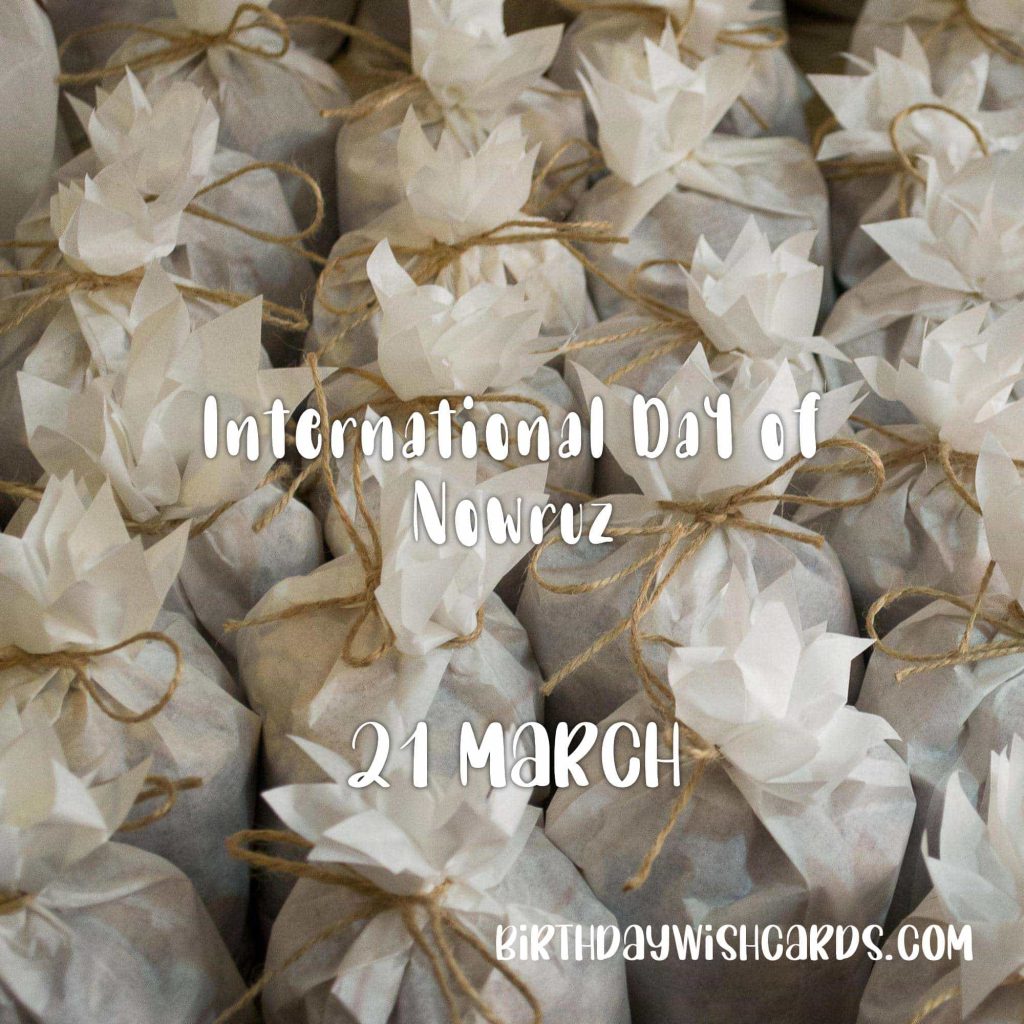
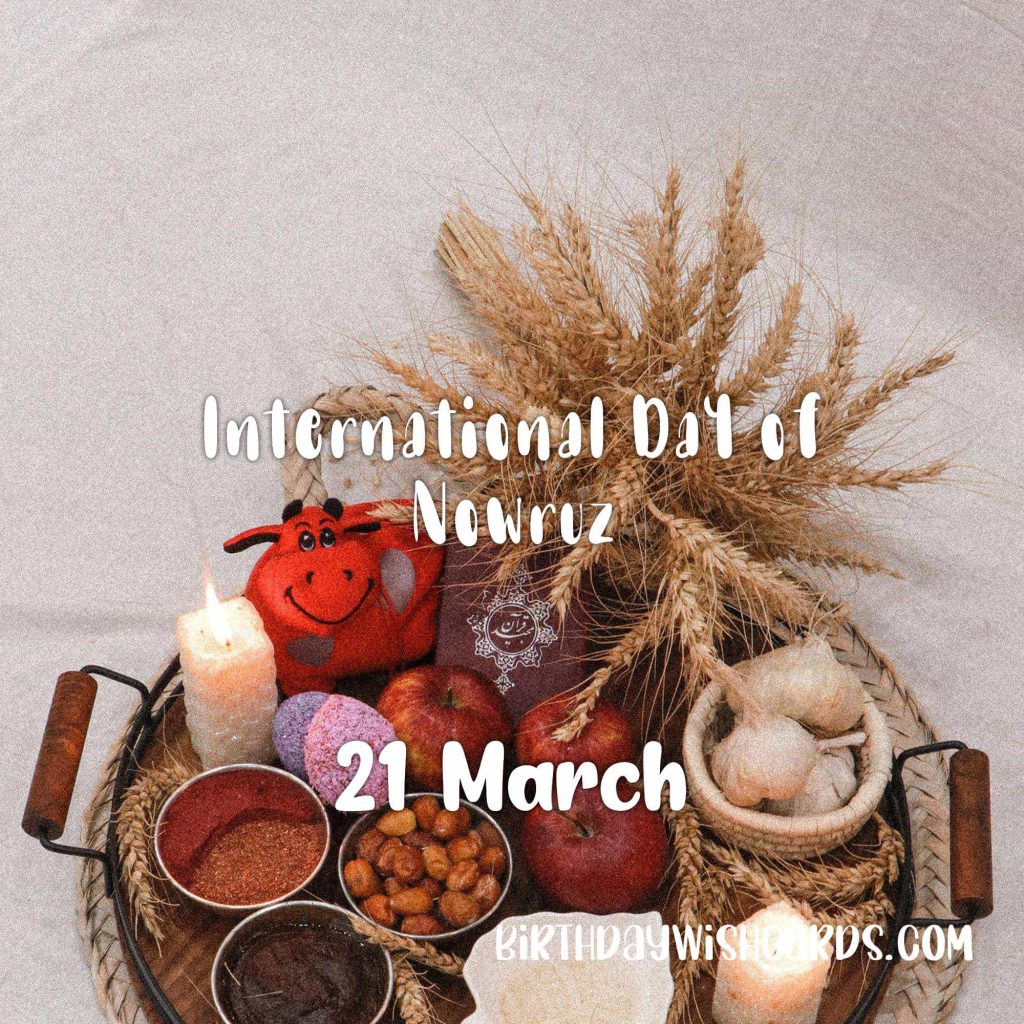
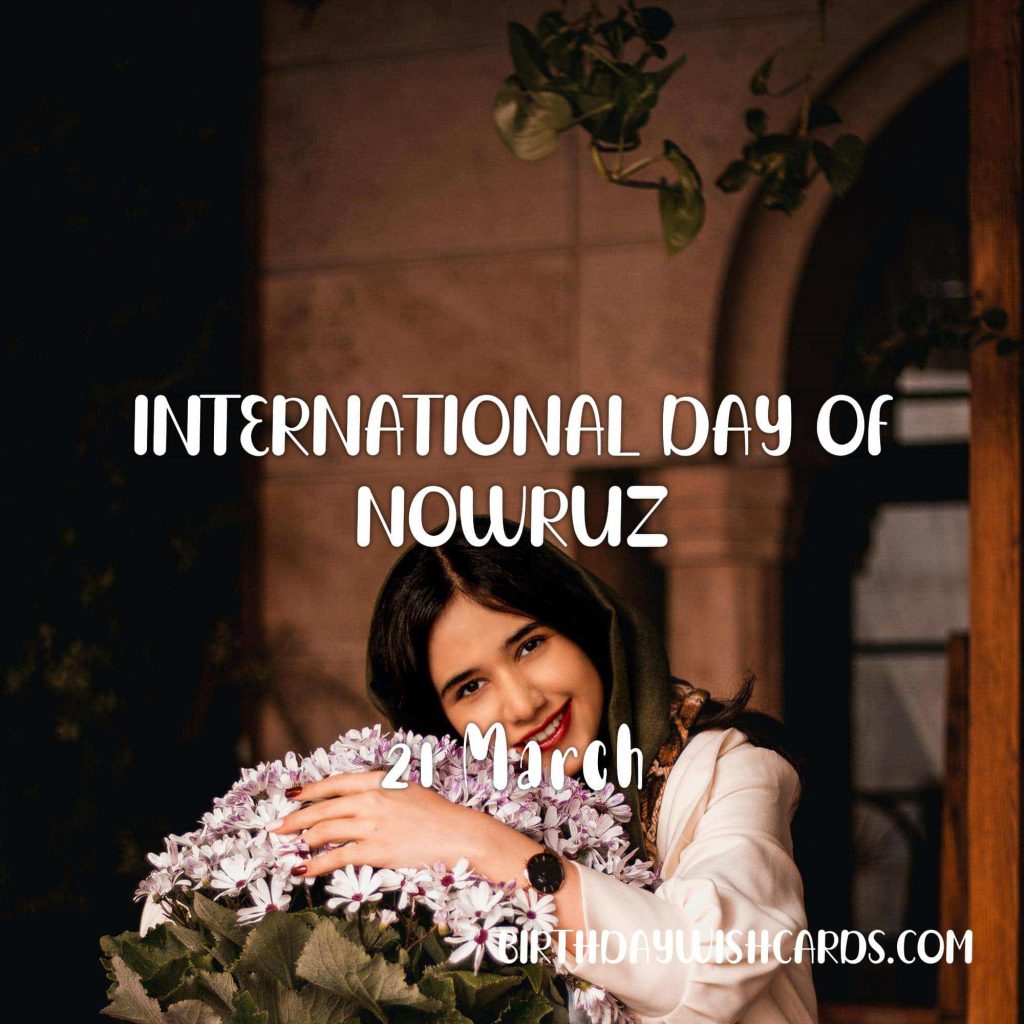
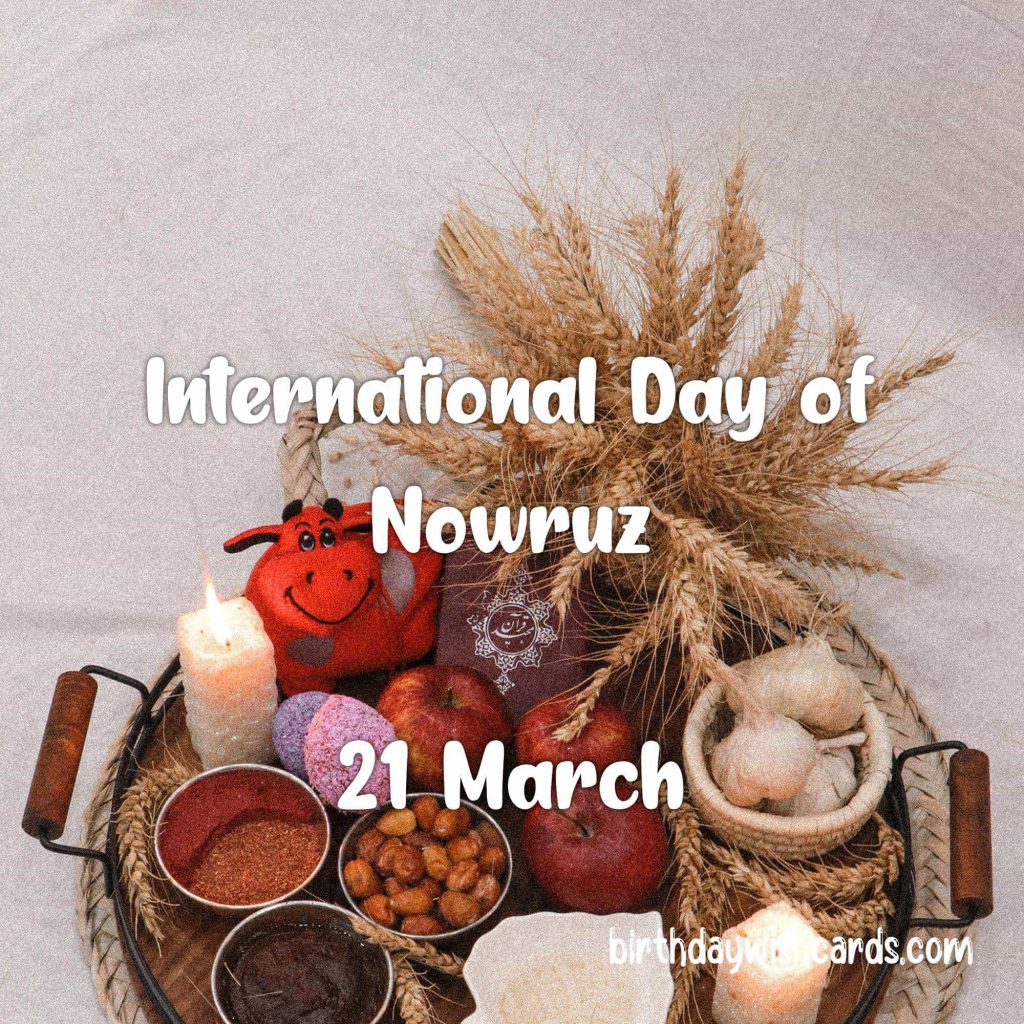
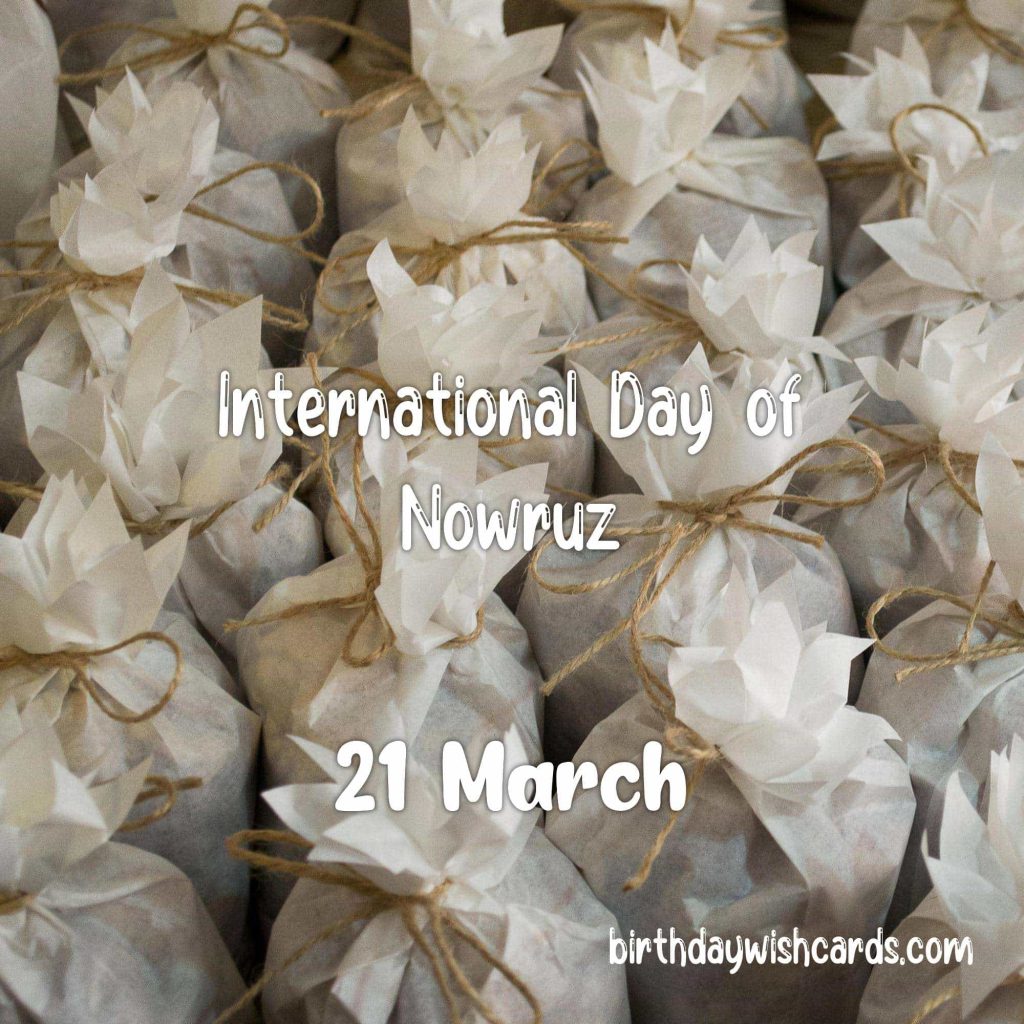
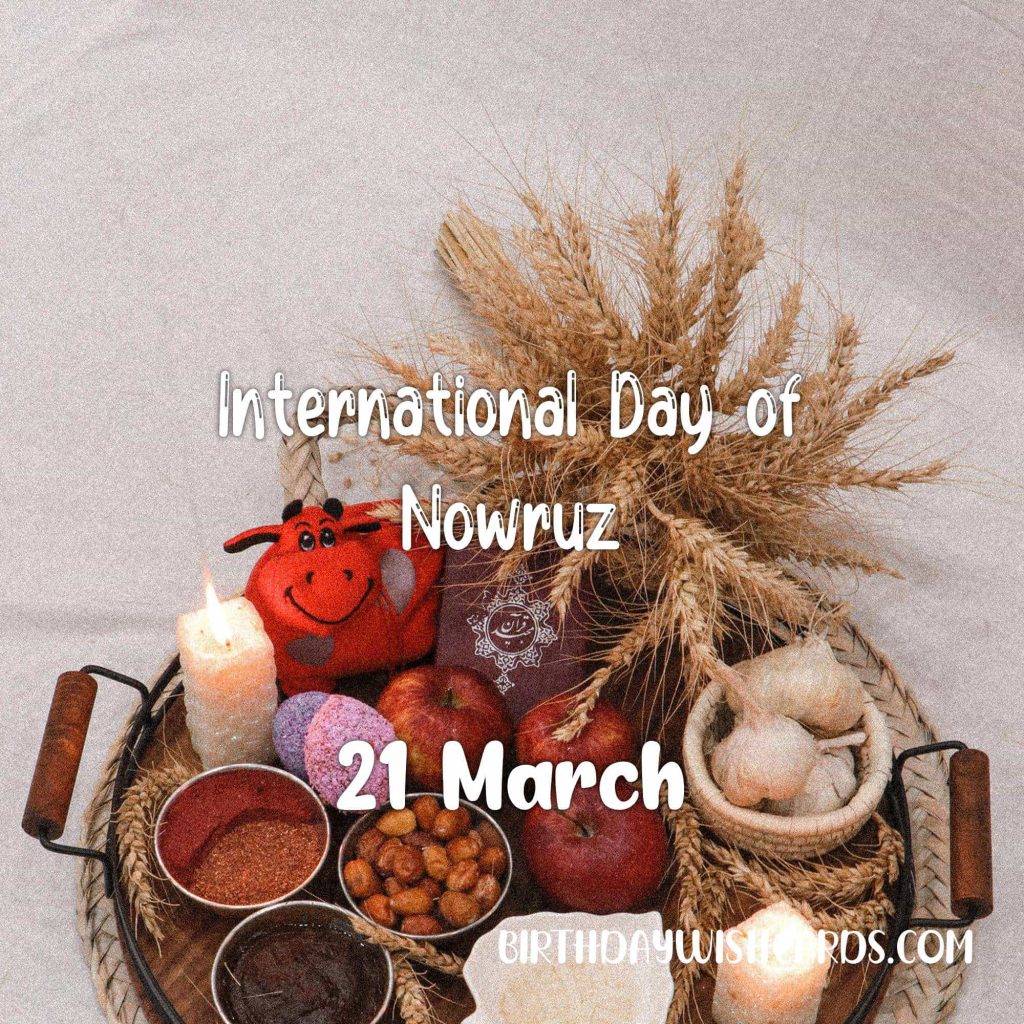
The Historical and Cultural Significance of Nowruz
Nowruz is deeply rooted in the history and culture of many nations, symbolizing the rebirth of nature and the rejuvenation of the human spirit. Originating in ancient Persia, this festival has transcended national and ethnic boundaries, becoming a shared heritage among diverse communities.
Nowruz celebrations feature a variety of customs and rituals, each carrying symbolic meaning. A central tradition is the “Haft-Seen” table, which displays seven items beginning with the Persian letter “S,” each representing aspects of life such as health, wealth, and fertility. These customs reinforce the bond between people and nature, and express hope and prosperity for the year ahead.
Nowruz is also a time for families and communities to come together, mend relationships, and renew social bonds. The festival’s spirit of forgiveness and unity promotes social cohesion and peace.
How Nowruz is Celebrated Around the World
Across regions where Nowruz is observed, celebrations often span several days and include a wide range of cultural events—music, dance, and traditional foods among them. While each country brings its own unique customs, the core themes of renewal, peace, and harmony remain universal.
- In Iran: People participate in spring cleaning (“Khaneh Tekani”), set the Haft-Seen table, and visit relatives and friends.
- In Central Asia: Communities celebrate with colorful festivals, horse riding competitions, and communal feasts.
- In the Caucasus and Balkans: Nowruz is marked by cultural performances, shared meals, and symbolic rituals to welcome the new year.
Many celebrations incorporate elements of nature worship, such as jumping over bonfires, symbolizing purification and the casting away of the previous year’s troubles. This vibrant array of customs highlights both the diversity and shared humanity celebrated through Nowruz.
Nowruz and Its Universal Message
At its heart, Nowruz carries a universal message of hope, renewal, and coexistence. It encourages people to live in harmony with nature and with one another. By promoting values of peace, tolerance, and solidarity, Nowruz helps foster a culture of peace that transcends borders and cultural differences.
The United Nations recognizes Nowruz as an occasion to celebrate cultural diversity and foster intercultural dialogue. The day serves as a reminder of the importance of safeguarding intangible cultural heritage, enriching human creativity and mutual understanding.
Conclusion
The International Day of Nowruz, celebrated each year on 21 March, stands as a testament to the enduring human spirit and the timeless bond between people and nature. Rooted in ancient traditions yet profoundly relevant today, Nowruz continues to inspire millions worldwide to embrace peace, unity, and renewal.
For more information about the cultural heritage of Nowruz and its recognition by UNESCO, visit the UNESCO Intangible Cultural Heritage page. To learn more about United Nations initiatives promoting cultural diversity and peace, see the official National Tourism Day: Celebrating The Beauty Of Our Country – September 27




